Roger Catherineau
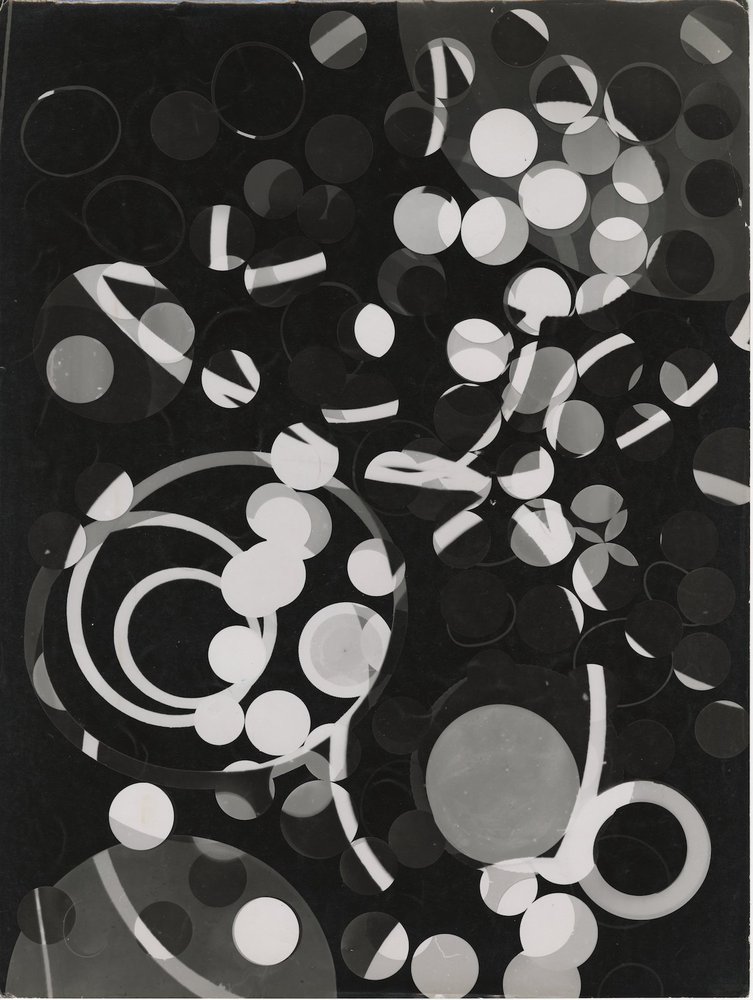
Image : 11.81 x 15.35 in ( 30 x 39,8 cm )
Print: 12 x 15 inches
Artist's stamp on verso
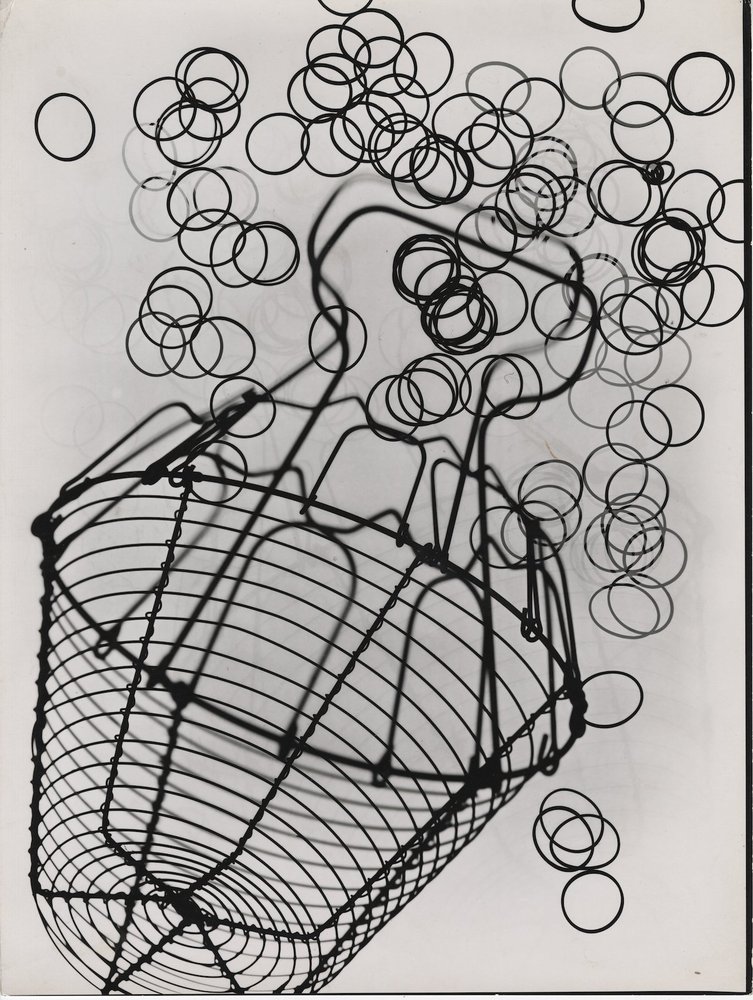
Image : 11.81 x 15.75 in ( 30 x 40 cm )
Print: 12 x 16 inches
Artist's stamp on verso
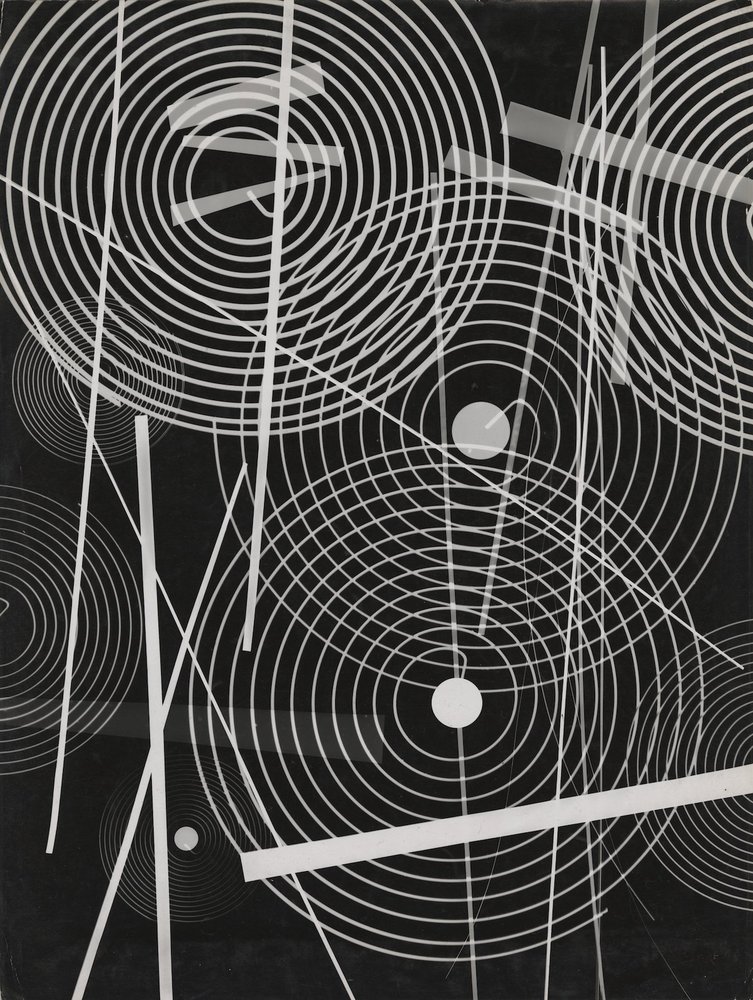
Image : 11.81 x 15.75 in ( 30,3 x 40 cm )
Print: 12 x 15 inches
Artist's stamp on verso

Image : 15.75 x 11.81 in ( 40 x 30,3 cm )
Print: 15 x 12 inches
Artist's stamp on verso
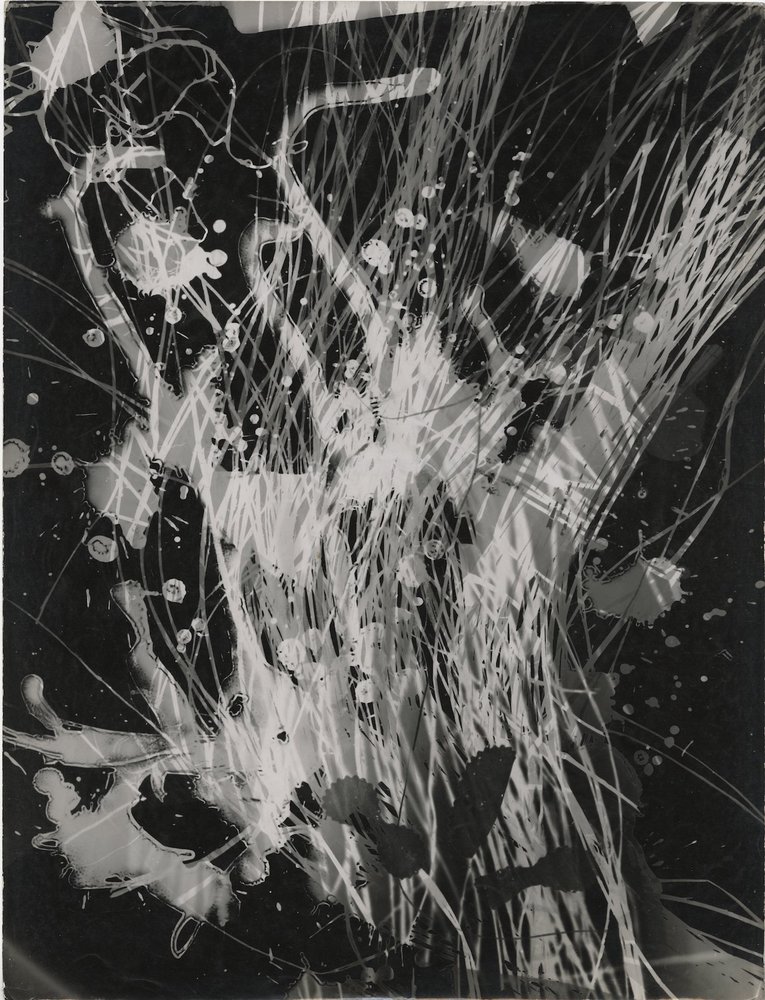
Image : 11.81 x 15.35 in ( 30,4 x 39,8 cm )
Print: 12 x 15 inches
Artist's stamp on verso
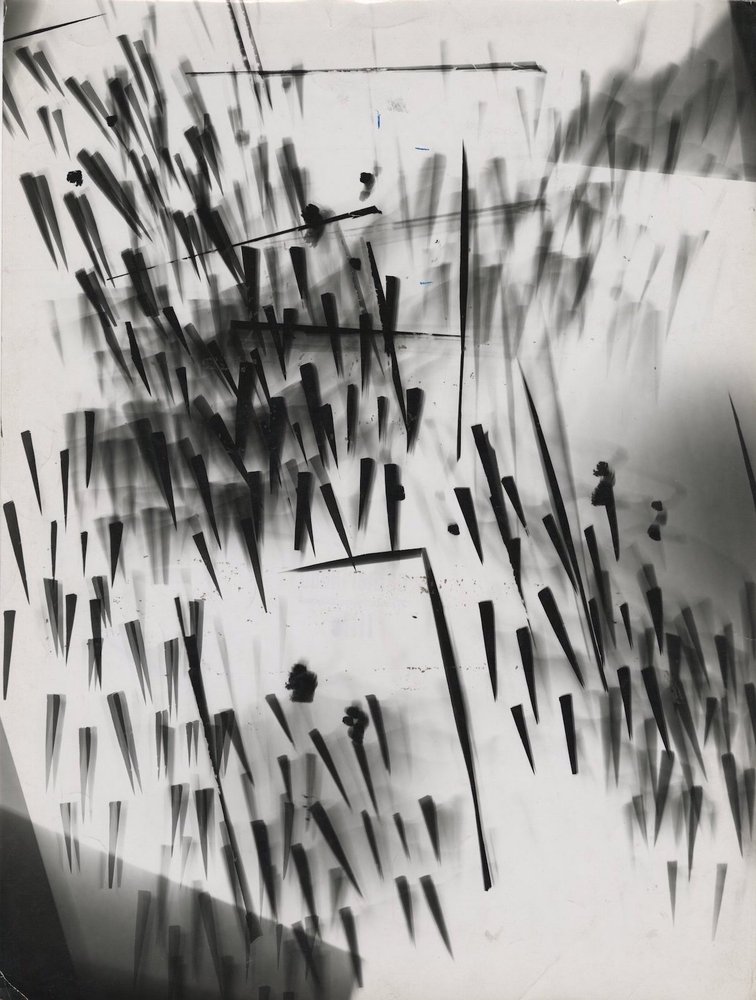
Image : 15.75 x 11.81 in ( 40 x 30,3 cm )
Print: 15 x 12 inches
Artist's stamp on verso
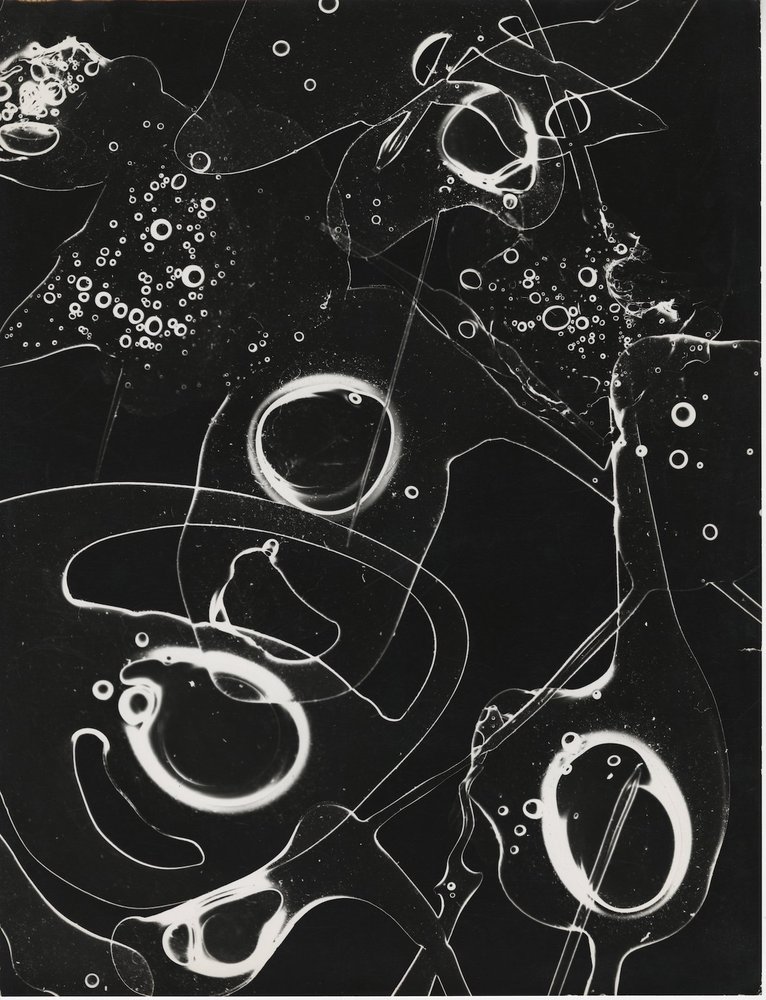
Image : 11.81 x 15.35 in ( 30,5 x 39,7 cm )
Print: 12 x 15 inches
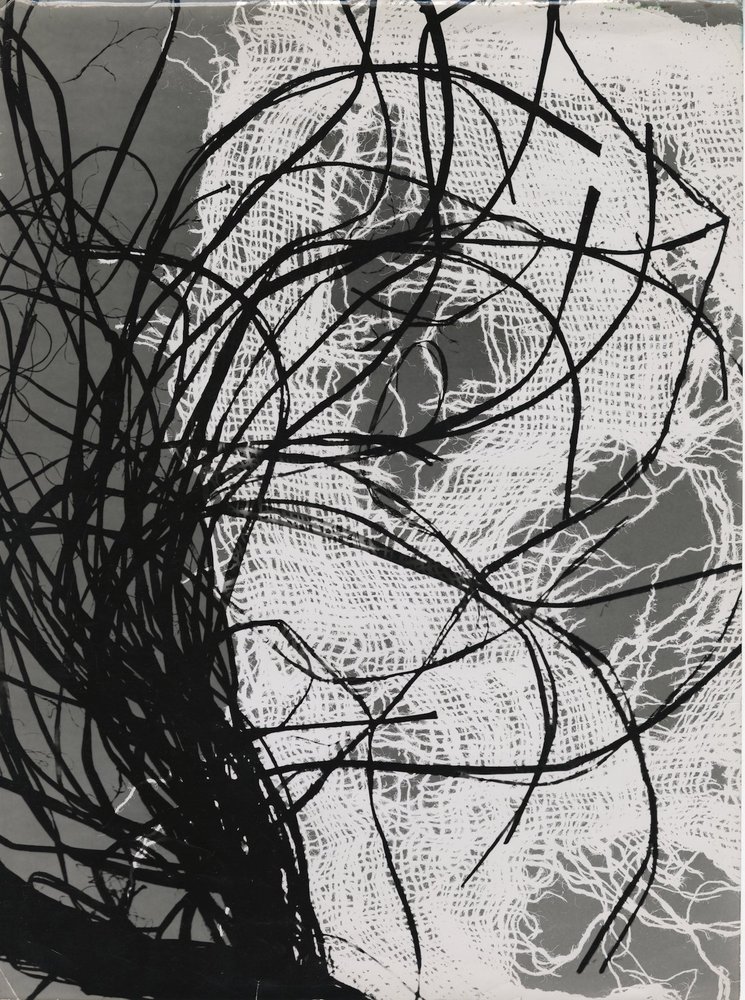
Image : 11.81 x 15.75 in ( 30,4 x 40,3 cm )
Print: 12 x 16 inches
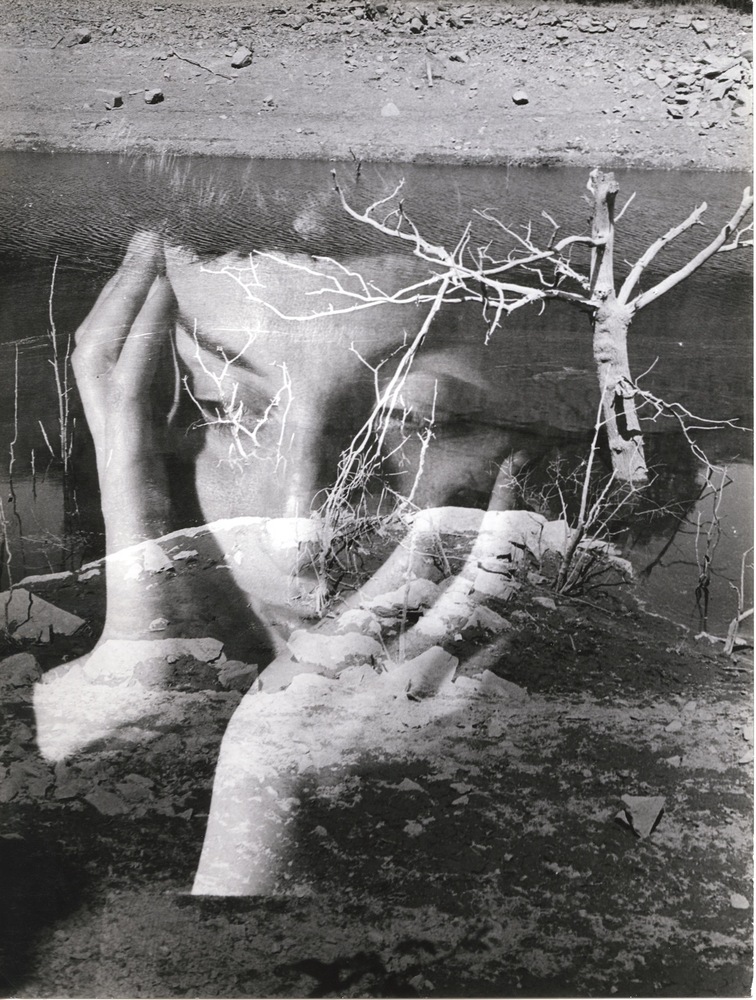
Image : 9.06 x 7.09 in ( 23,9 x 18 cm )
Print: 12 x 9 inches
Artist's stamp on verso
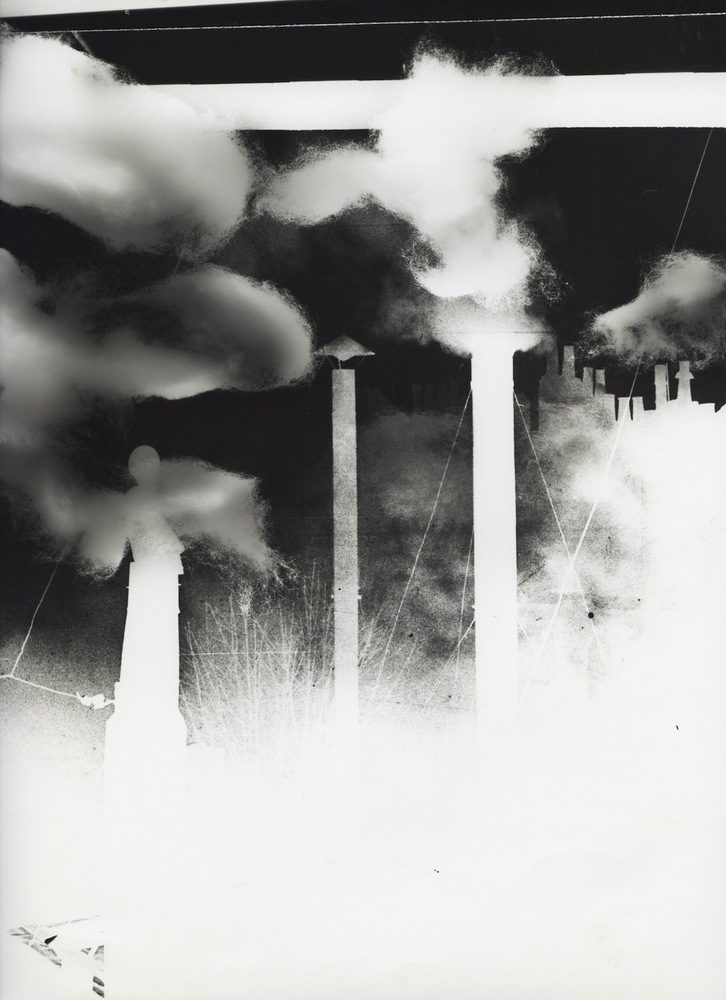
Image : 11.81 x 9.45 in ( 30,6 x 24 cm )
Print: 12 x 9 inches
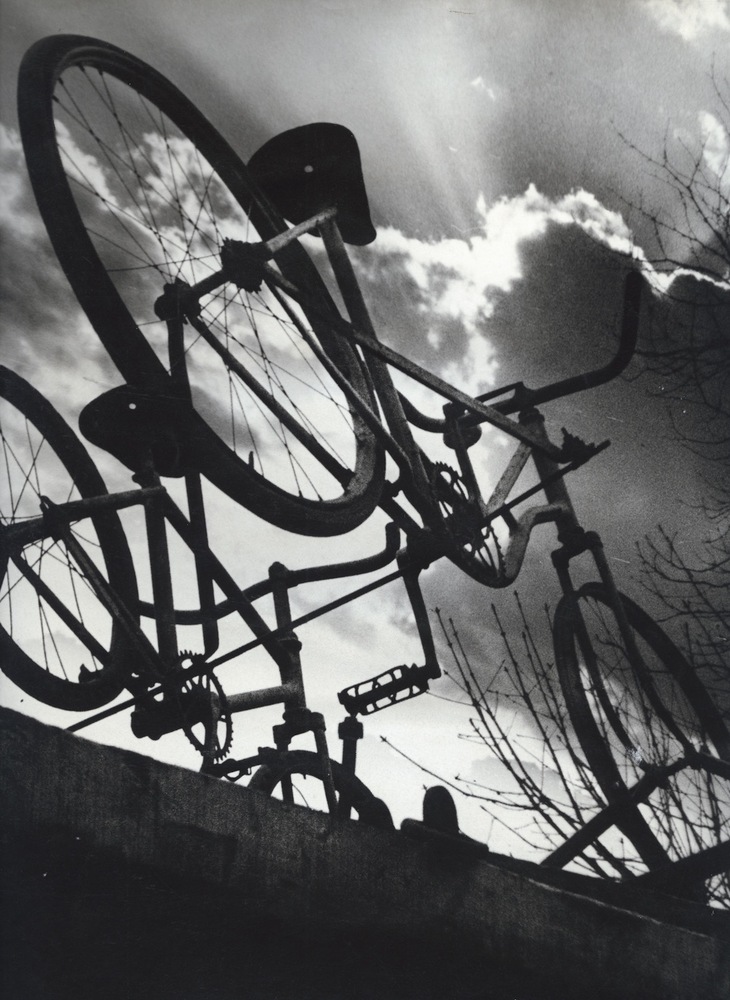
Image : 11.81 x 9.45 in ( 30,4 x 24 cm )
Print: 12 x 9 inches
Artist's stamp on verso
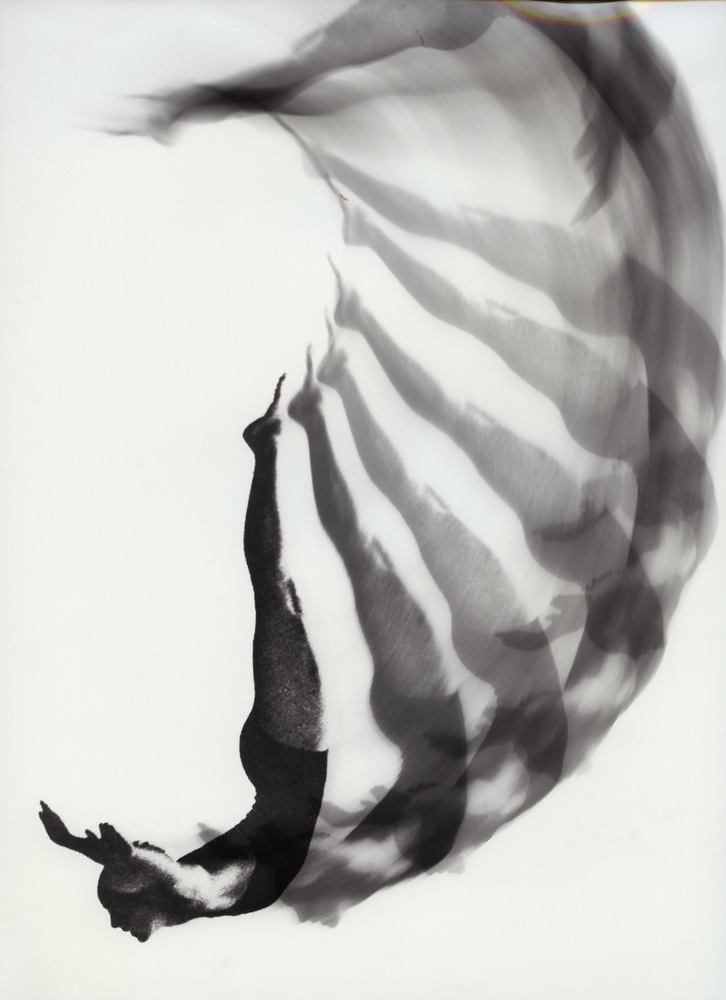
Image : 11.81 x 9.45 in ( 30,5 x 24 cm )
Print: 12 x 9 inches
Artist's stamp on verso
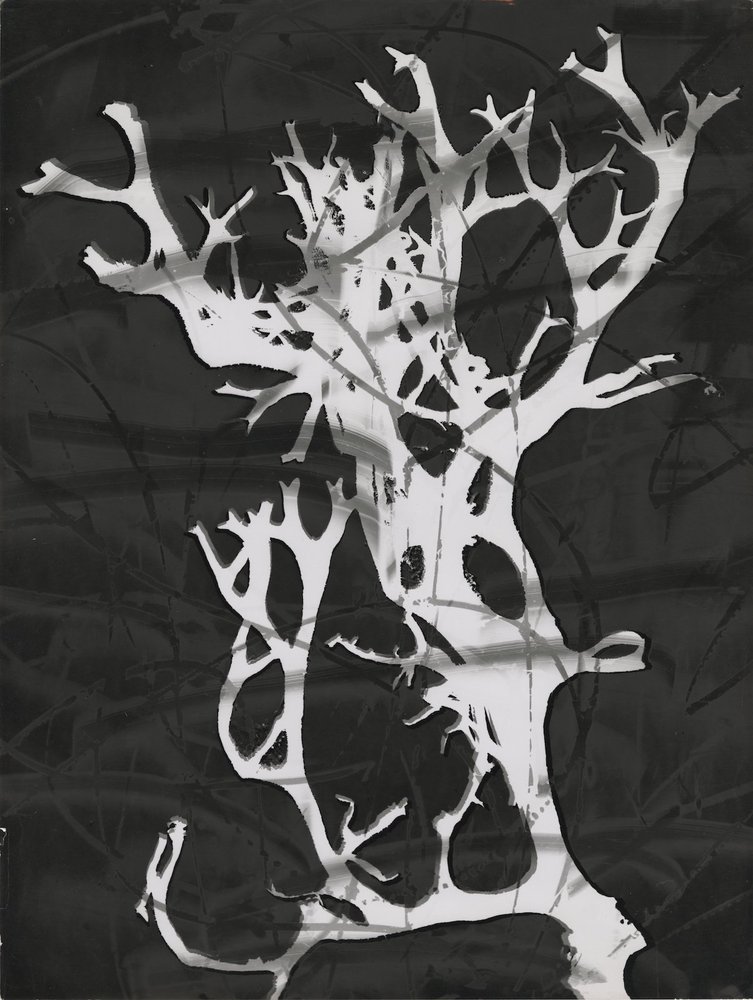
Image : 11.81 x 15.75 in ( 30 x 40 cm )
Print: 12 x 16 inches

Image : 11.81 x 15.75 in ( 30,4 x 40 cm )
Print: 12 x 16 inches
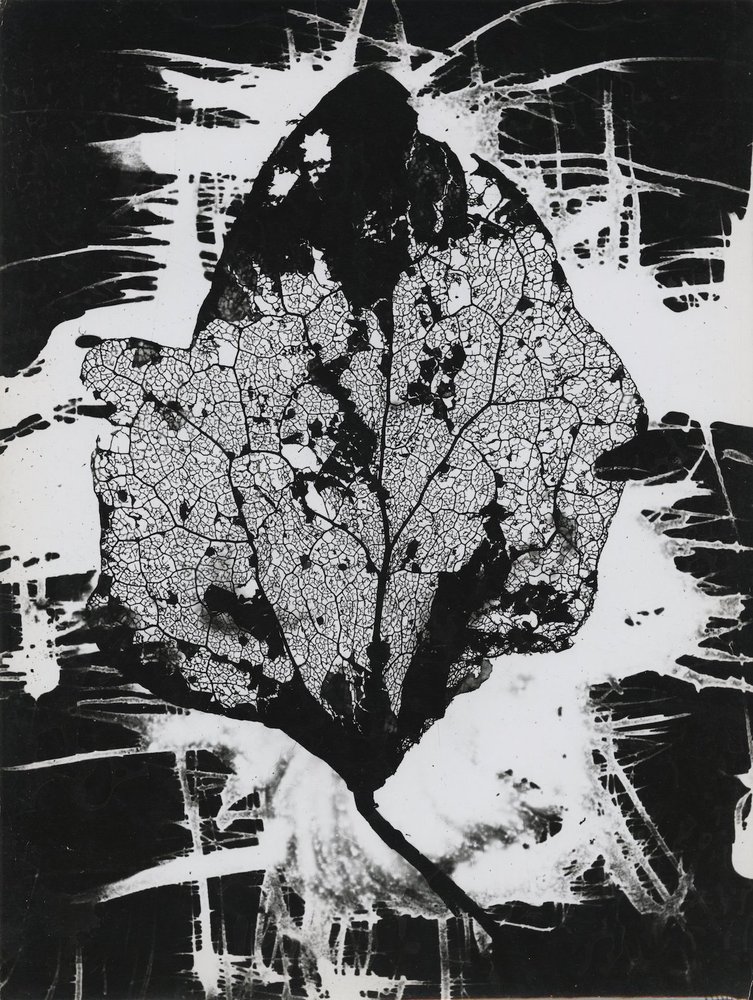
Image : 11.81 x 15.75 in ( 30,1 x 40 cm )
Print: 12 x 16 inches
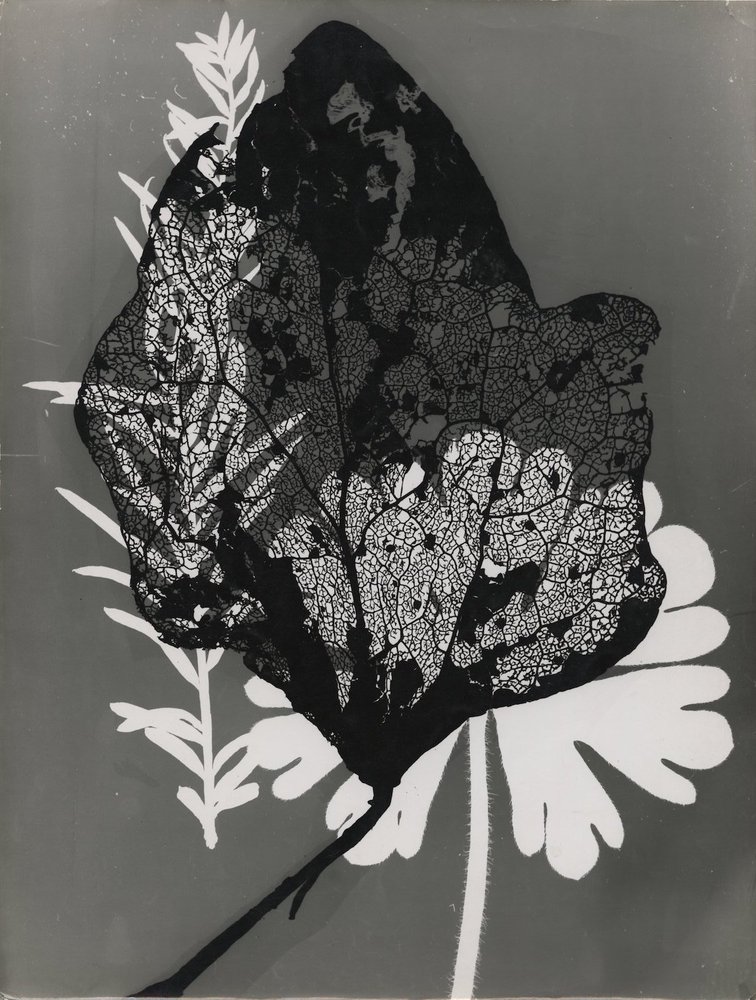
Image : 15.35 x 11.81 in ( 39,7 x 30,2 cm )
Print: 15 x 12 inches
Artist's stamp on verso
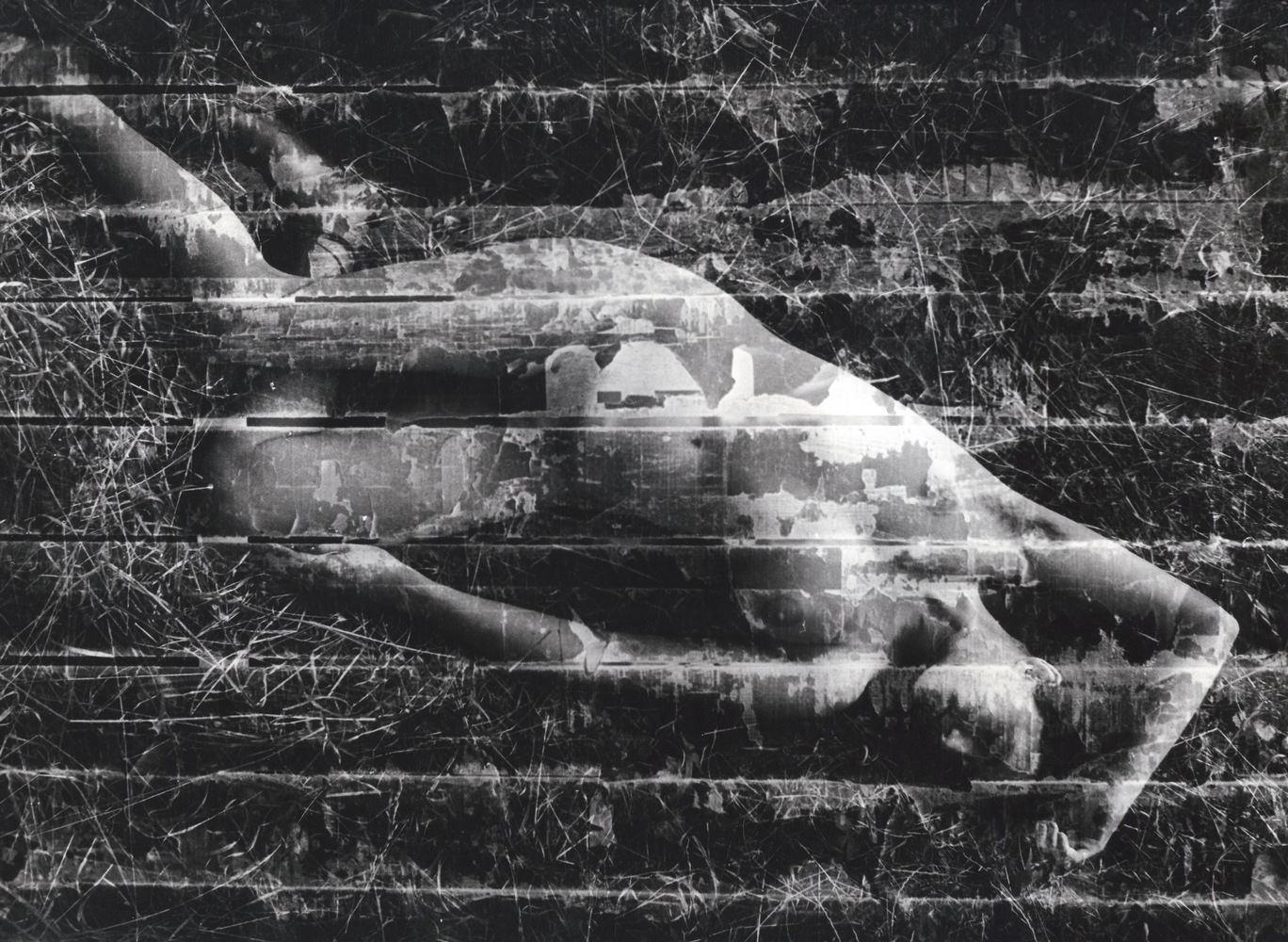
Image : 11.81 x 8.66 in ( 30,4 x 22,7 cm )
Print: 12 x 9 inches
Artist's stamp on verso
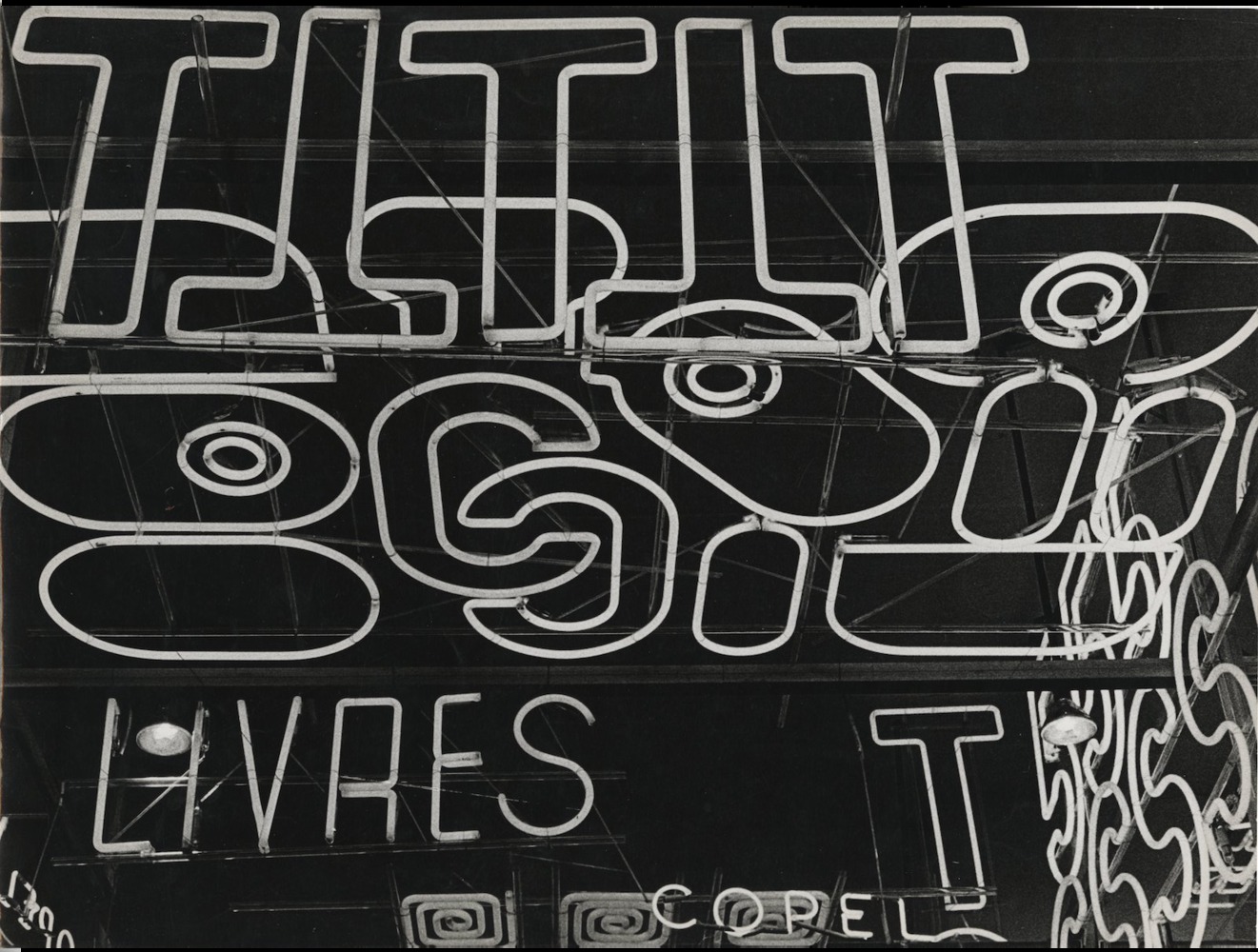
Image : 11.81 x 15.75 in ( 30 x 40,1 cm )
Print: 12 x 16 inches
Artist's stamp on verso
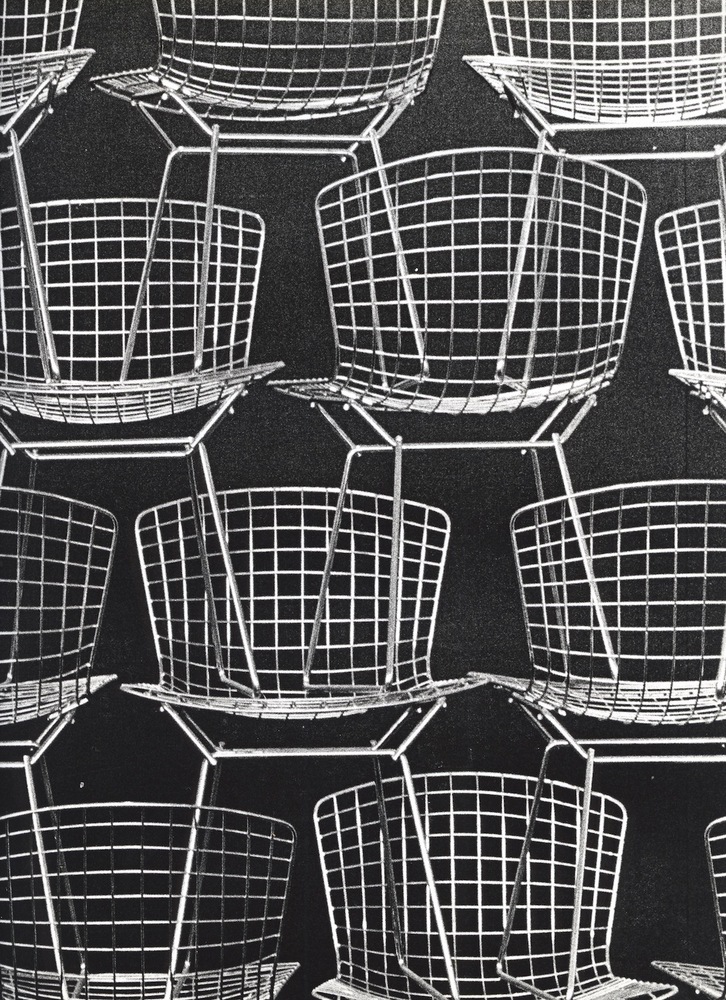
Image : 11.81 x 9.45 in ( 30,4 x 24,8 cm )
Print: 12 x 10 inches
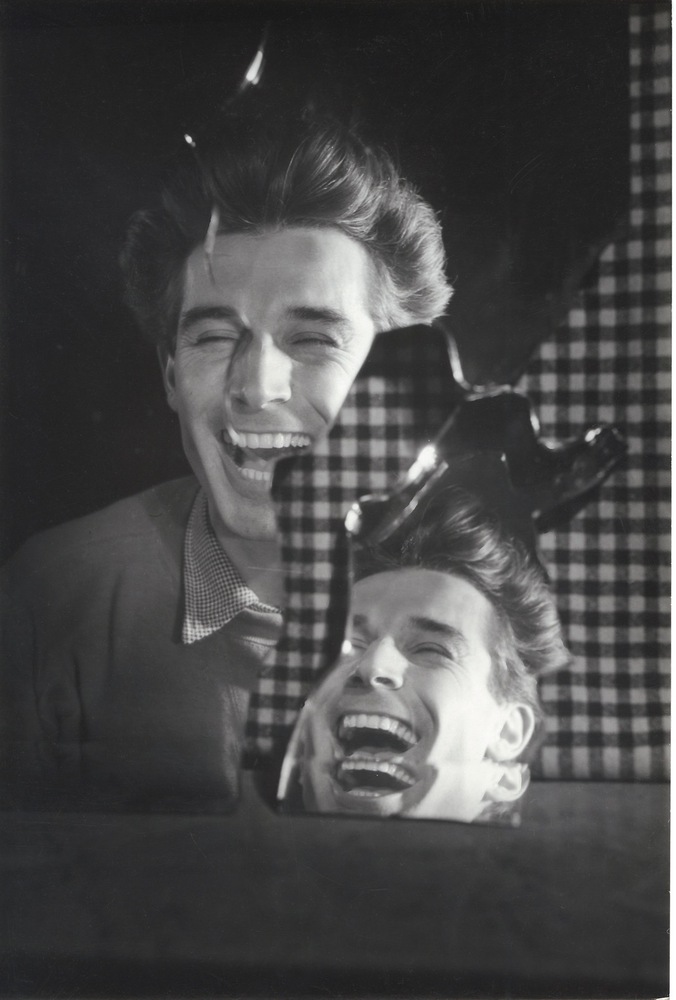
Image : 6.69 x 4.72 in ( 17,9 x 12 cm )
Print: 7 x 5 inches

Image : 11.81 x 9.06 in ( 30,4 x 23,8 cm )
Print: 12 x 9 inches
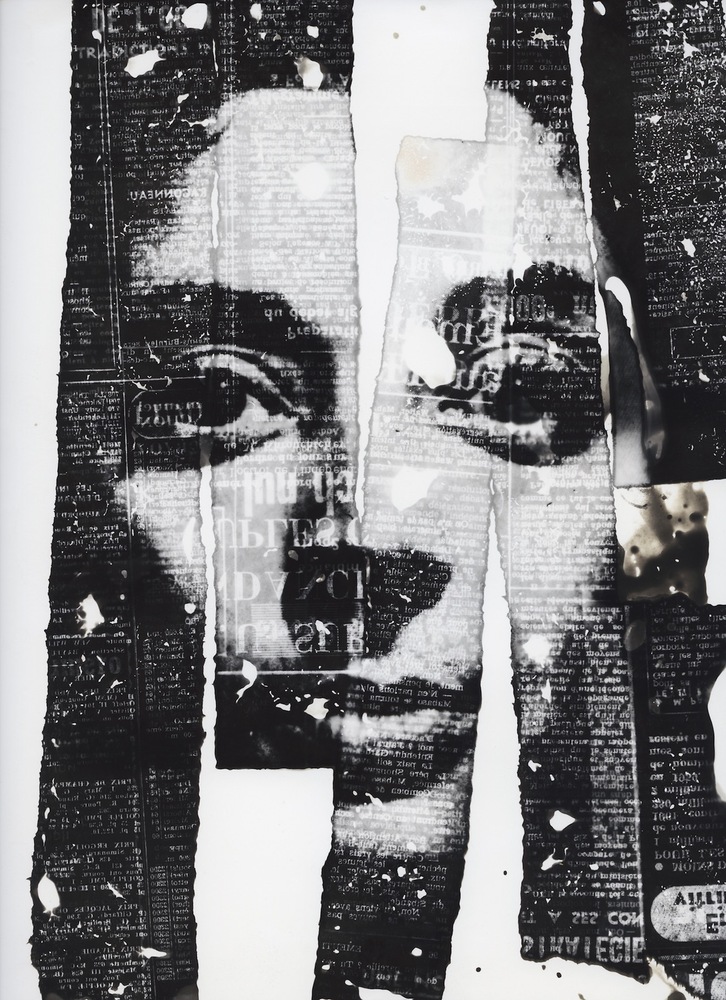
Image : 11.81 x 9.06 in ( 30,9 x 23,8 cm )
Print: 12 x 9 inches
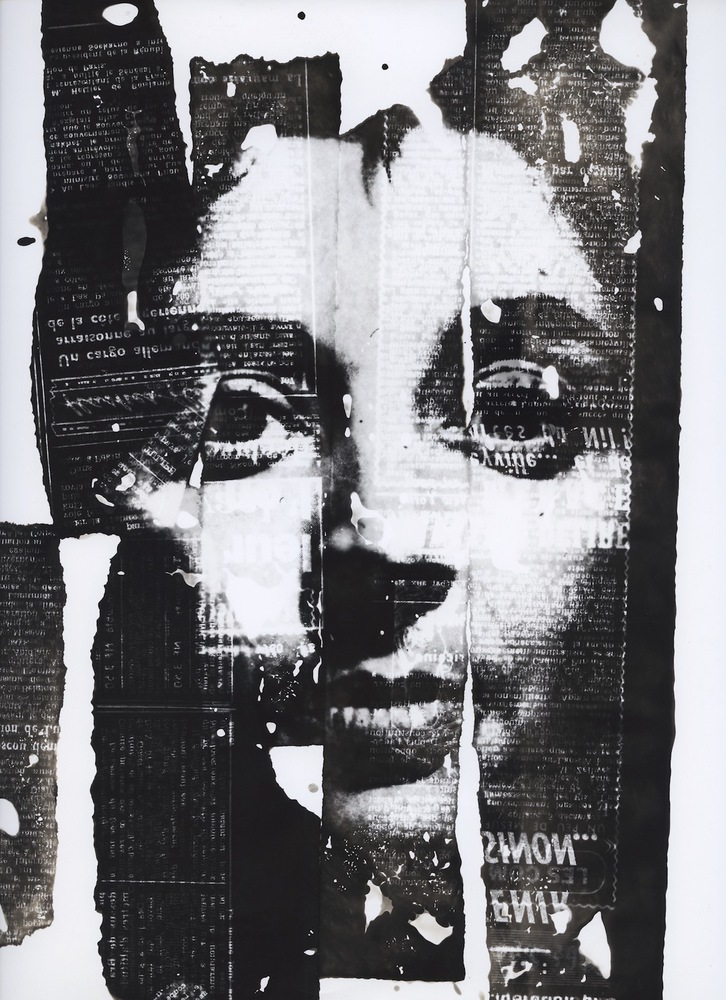
Image : 11.81 x 9.06 in ( 30,9 x 23,8 cm )
Print: 12 x 9 inches
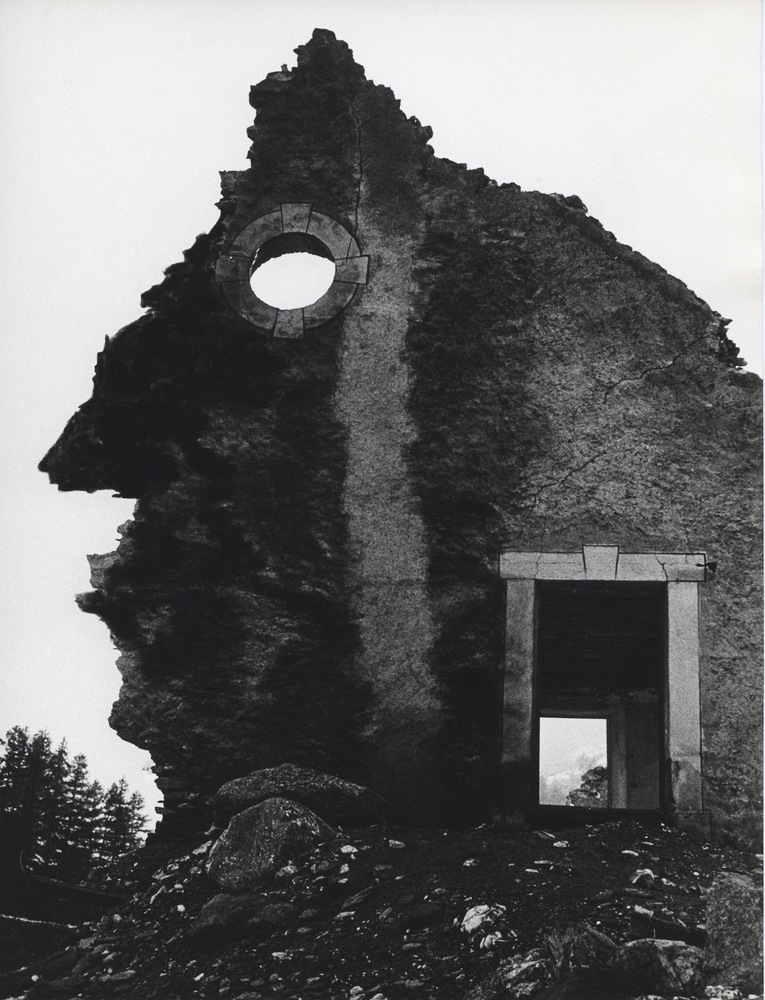
Image : 9.06 x 7.09 in ( 23,9 x 18,2 cm )
Print: 12 x 9 inches
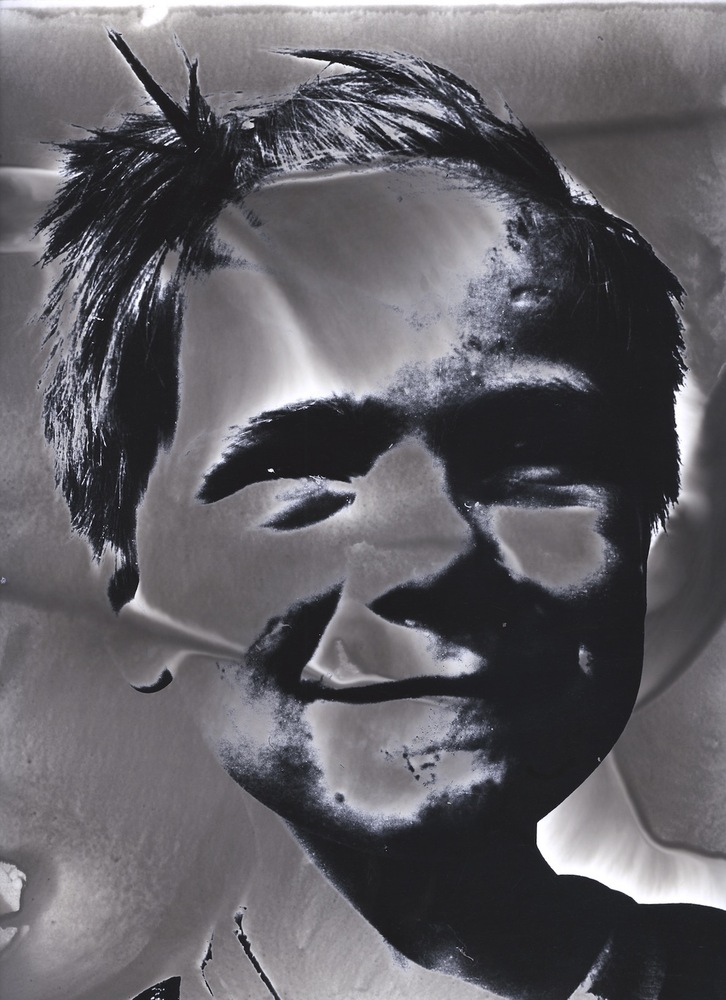
Image : 11.81 x 9.45 in ( 30,6 x 24 cm )
Print: 12 x 9 inches
Artist's stamp on verso
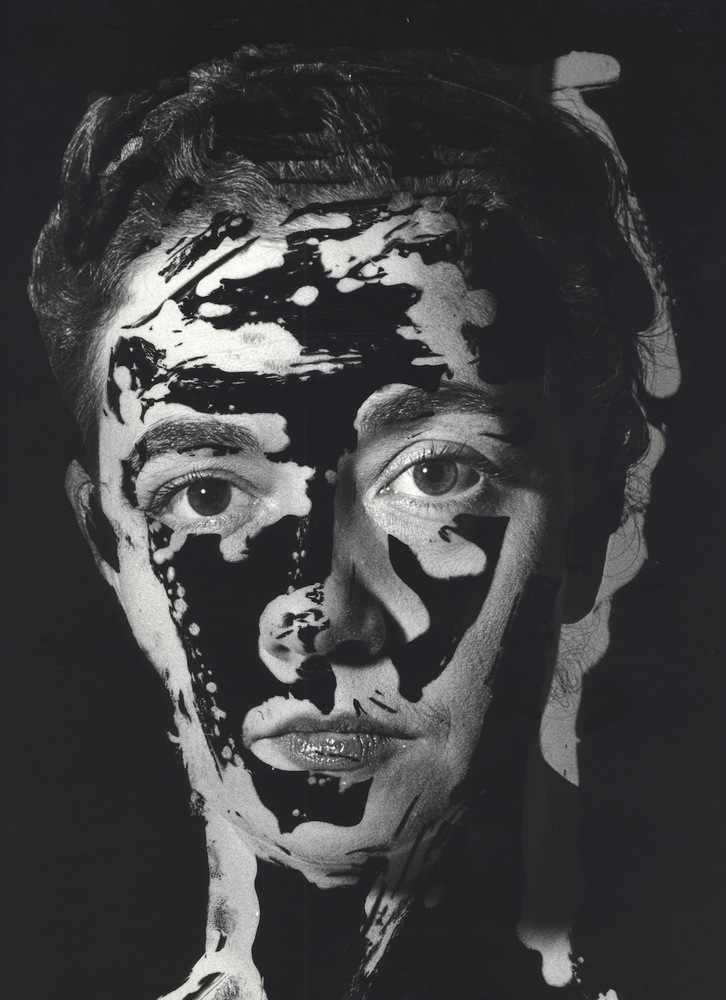
Image : 11.81 x 9.45 in ( 30,4 x 24 cm )
Print: 12 x 10 inches
Artist's stamp on verso
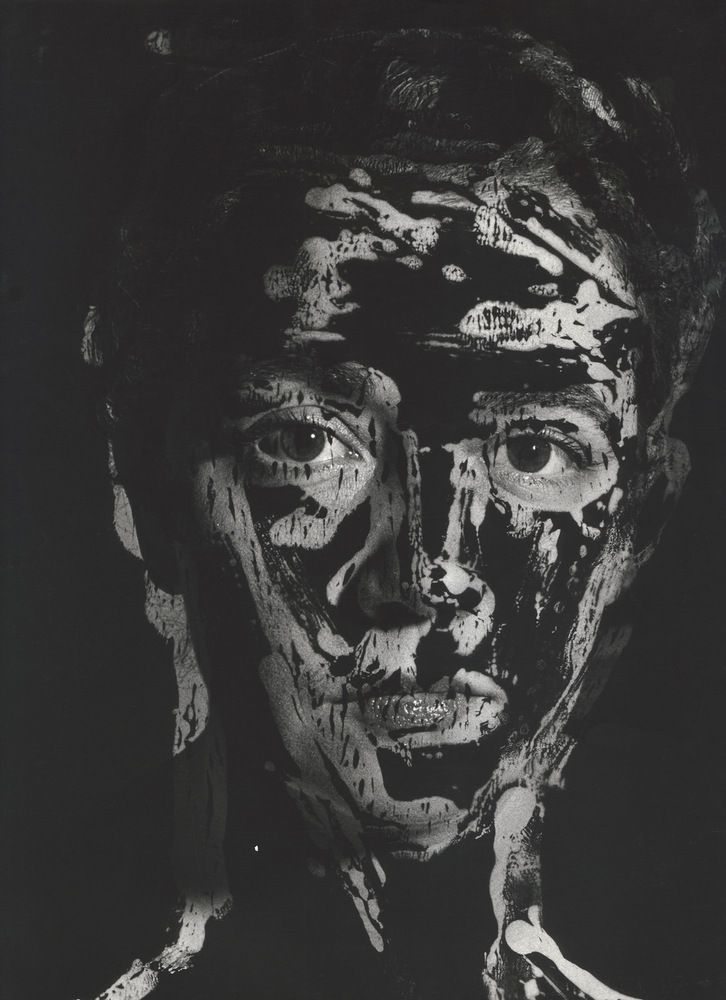
Image : 11.81 x 9.45 in ( 30,4 x 24,1 cm )
Print: 12 x 10 inches
Artist's stamp on verso
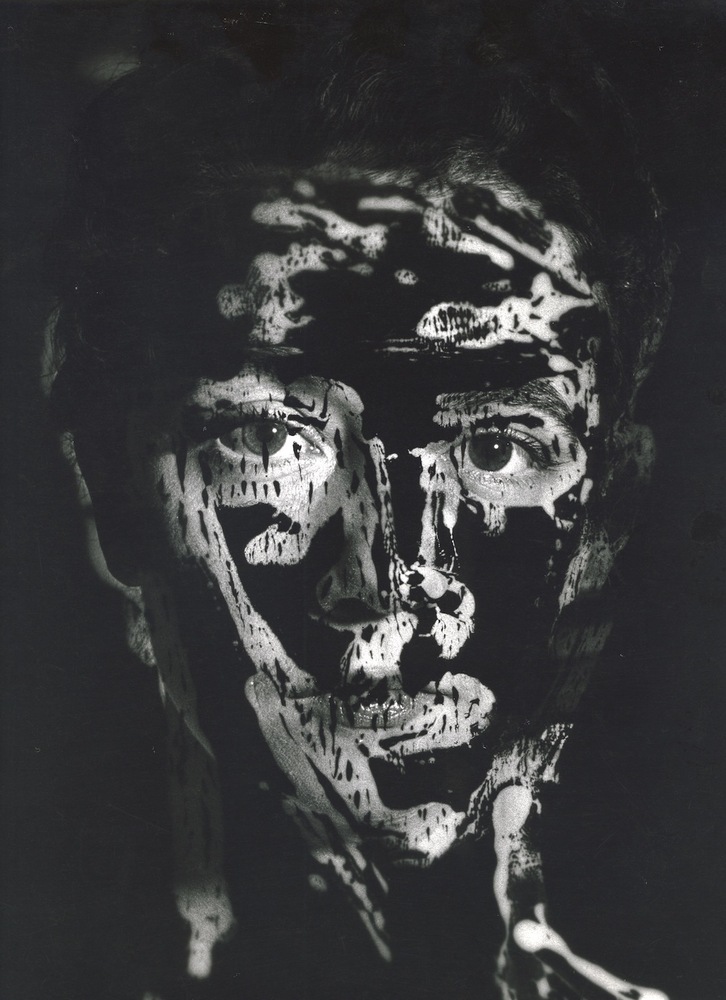
Image : 11.81 x 9.06 in ( 30,4 x 23,9 cm )
Print: 12 x 9 inches

Image : 11.81 x 9.45 in ( 30,3 x 24,7 cm )
Print: 12 x 10 inches
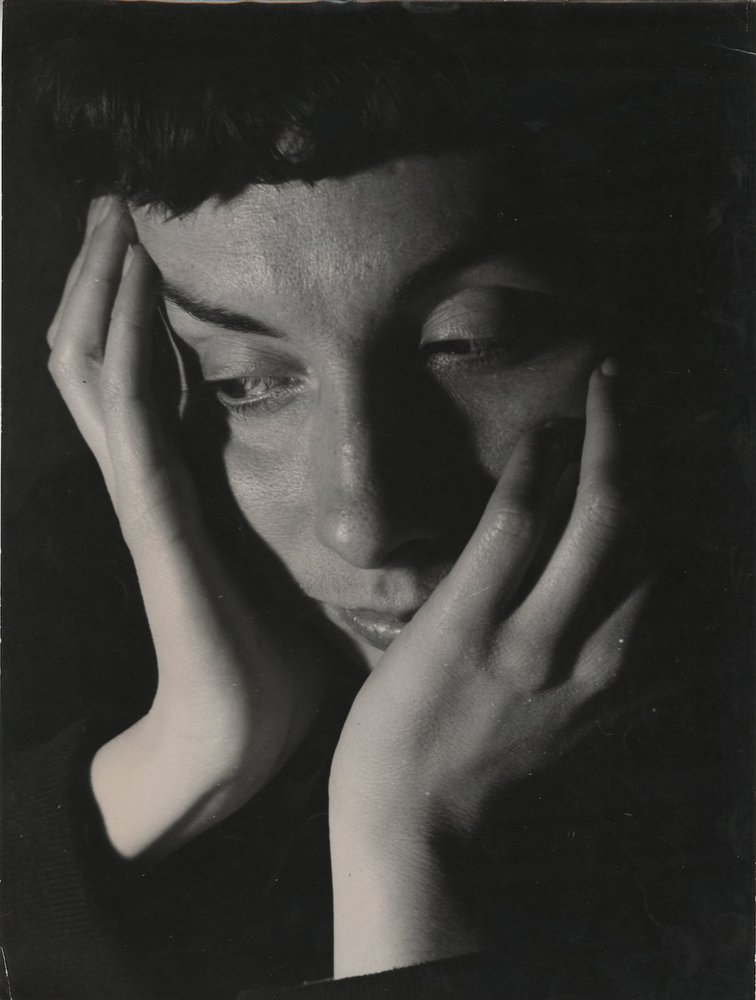
Image : 15.75 x 11.81 in ( 40 x 30,3 cm )
Print: 15 x 12 inches
Presentation
Since 1948, Roger Catherineau's photographic work has been built as a quest for experimentation. Rejecting any notion of depiction of reality, he elaborates unreferenced, troubled and most often abstract images. Developing the notion of "productive transformation", he wishes to compose from scratch the image he has of an object, and not to reproduce it.
It is therefore without any precise rules, but according to his instinct, that he discovers and then perfects the methods of processing and printing, to which he will add superimposition, solarisation, and other chemical manipulations. At the beginning of the 1950s, he made the photogram his favourite process. A contact and camera-free photographic technique, the photogram allowed Catherineau to compose his works using only light and the imprint of the object. Detached from the first generation of experimental photography of the 1930s, he does not practice the photogram as an automatic play, but rather as a demanding and disciplined compositional. During his experiments and in the last part of his life, he even destroyed all the prints that he considered minor or imperfect, leaving only works of great intensity.